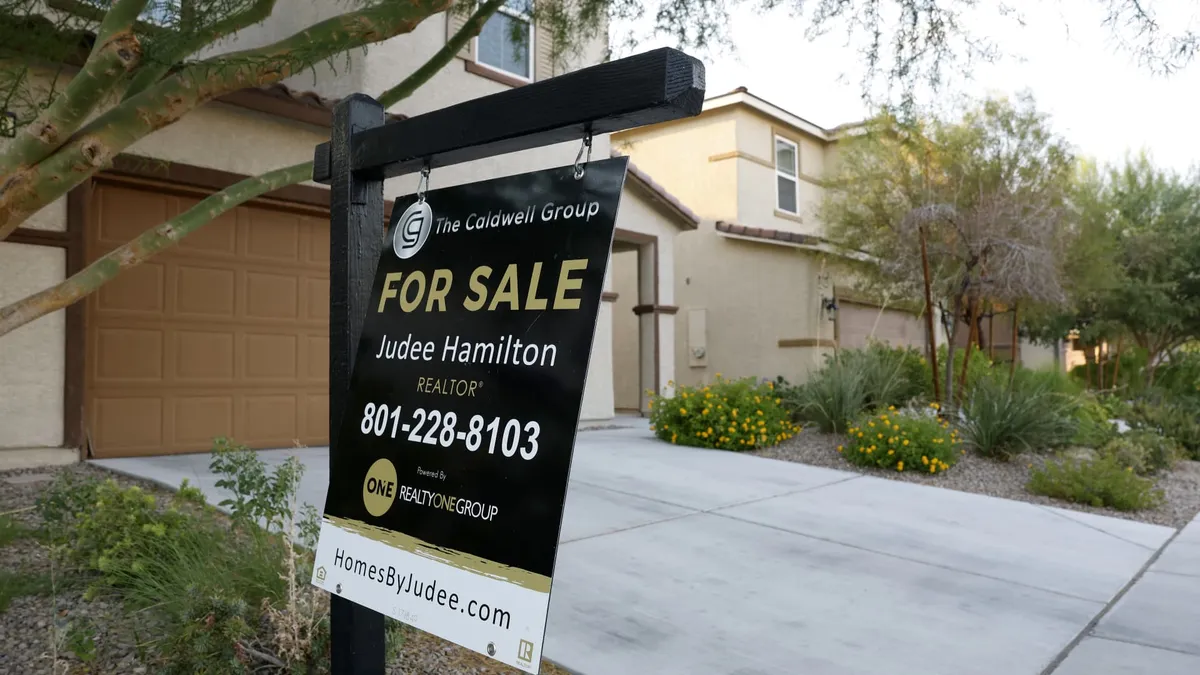
Sales of previously owned homes experienced a notable increase of 1.5% in September compared to August, reaching a seasonally adjusted annualized rate of 4.06 million units, as reported by the National Association of Realtors (NAR). While this figure fell slightly short of analysts' expectations, it marks the highest sales pace seen in seven months. When compared to September of the previous year, sales were up by 4.1%, indicating a positive trend in the housing market.
Regionally, the strongest annual sales were observed in the South and Northeast regions. Conversely, the West region saw the most robust monthly sales growth, while the Midwest experienced a slight decline, making it the only region to report a decrease in sales month-over-month. It is important to note that these sales figures are derived from closings, which reflect contracts signed in July and August. During that period, mortgage rates were declining but had not yet reached their current lower levels.
The average rate for a 30-year fixed mortgage started July at 6.67% and has since dropped to 6.17%, according to Mortgage News Daily. As anticipated, the decrease in mortgage rates is positively impacting home sales, as highlighted by Lawrence Yun, NAR's chief economist. The improved housing affordability is another significant factor contributing to the increase.
In terms of housing inventory, there was a 14% increase from the previous year, with 1.55 million units available for sale by the end of September. However, this inventory remains historically low. At the current sales pace, there is a 4.6-month supply of homes for sale, while a balanced market typically features a six-month supply. Although inventory levels are matching a five-year high, they still fall short of pre-COVID levels, according to Yun.
Many homeowners are in a comfortable financial position, which has resulted in a scarcity of distressed properties and forced sales. Consequently, home prices continue to rise across most areas of the country, thereby enhancing overall household wealth. However, the tight supply of homes continues to exert upward pressure on prices. In September, the median price of a home sold was $415,200, reflecting a year-over-year increase of 2.1% and marking the 27th consecutive month of annual price gains. This figure is notably 53% higher than prices before the COVID-19 pandemic.
Sales in the upper tiers of the market are witnessing the most significant gains, largely due to an increase in supply at those price points. Specifically, sales of homes priced above $1 million surged by 20% year-over-year, while homes priced below $100,000 saw a modest increase of just under 3%. First-time homebuyers are also making progress, likely driven by the declining mortgage rates. They comprised 30% of sales in September, an increase from 26% the previous year. Additionally, approximately 30% of all sales were conducted in cash.
Homes are currently taking longer to sell, with an average of 33 days on the market, compared to 28 days a year ago. This shift may indicate changing dynamics in the housing market as buyers navigate the purchasing landscape amidst fluctuating mortgage rates and inventory levels.